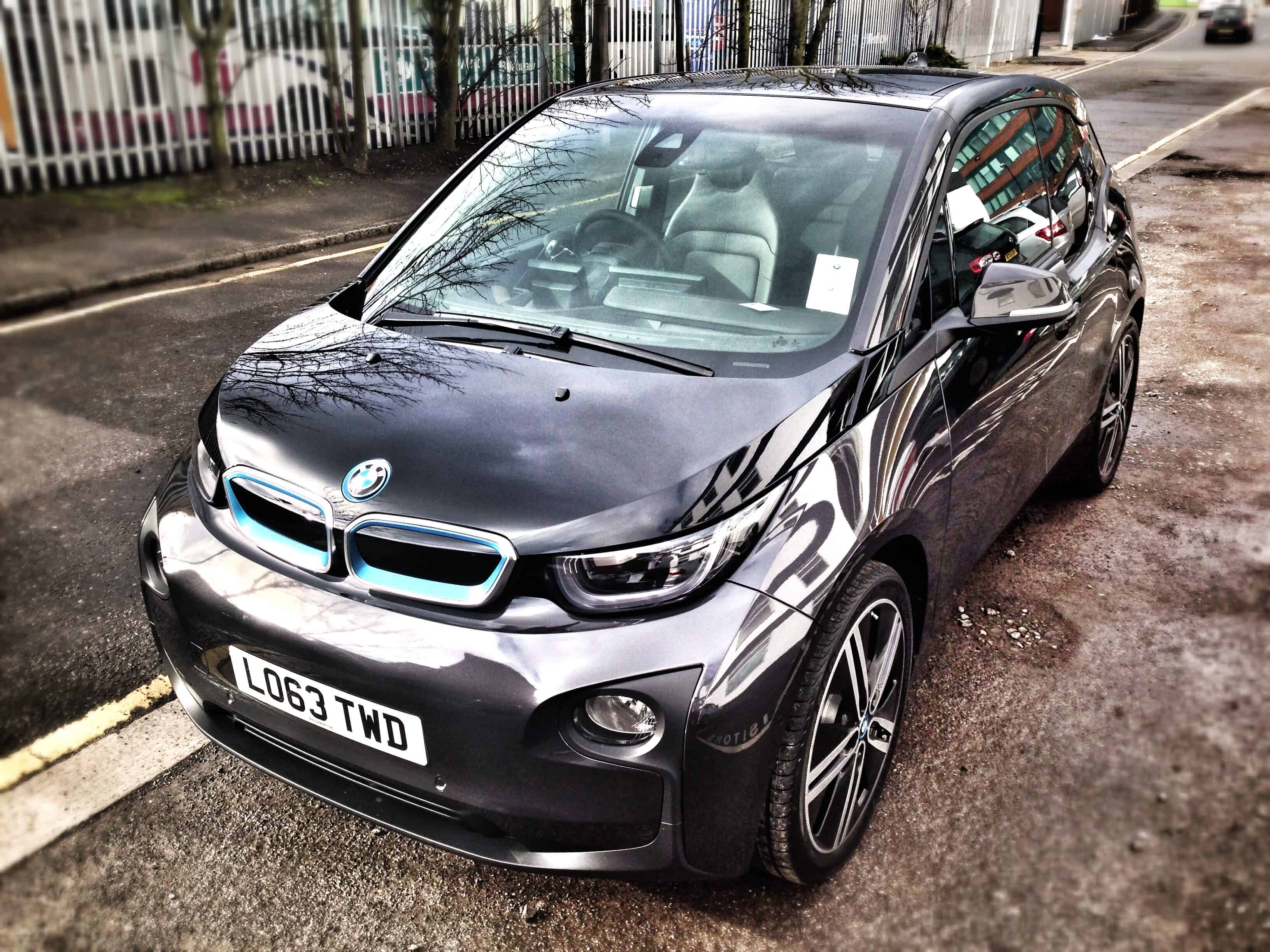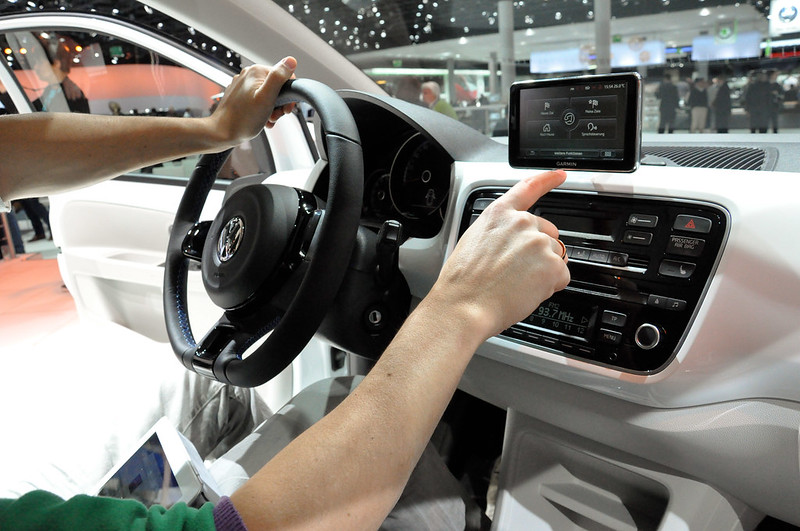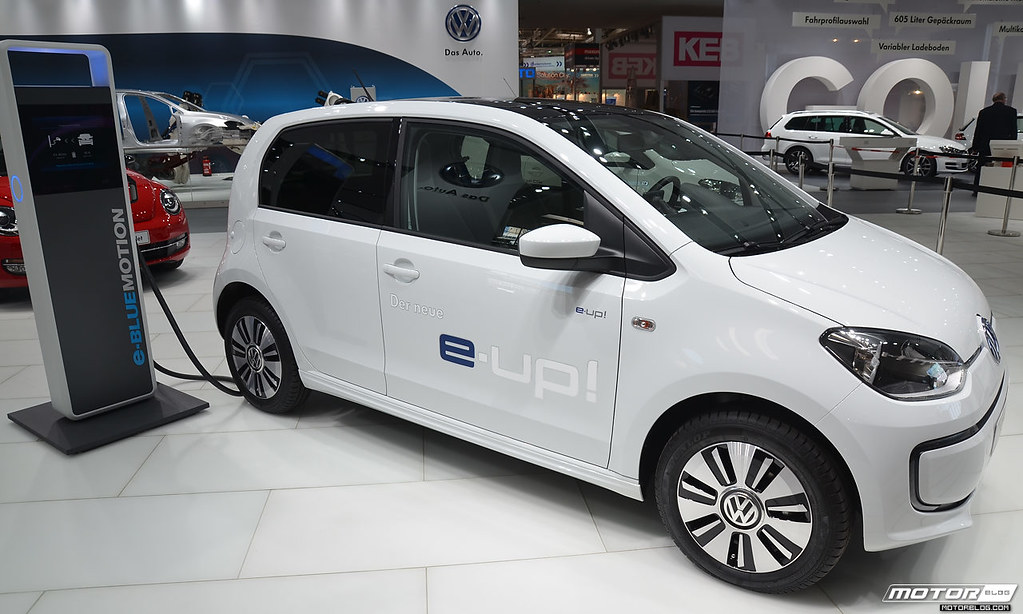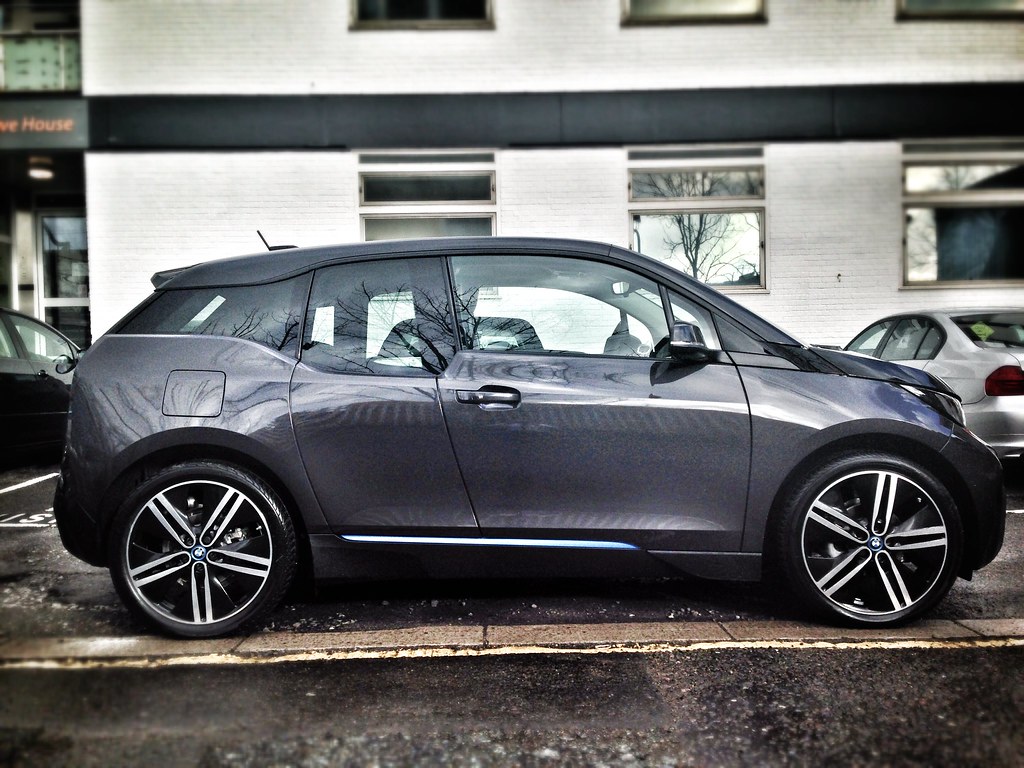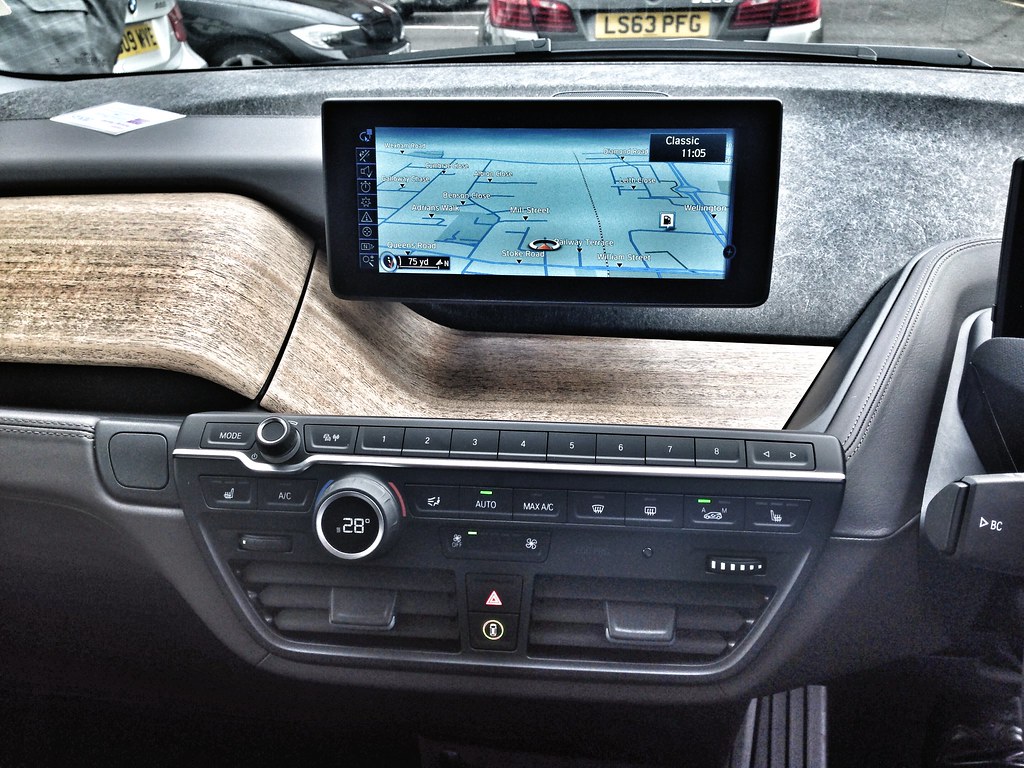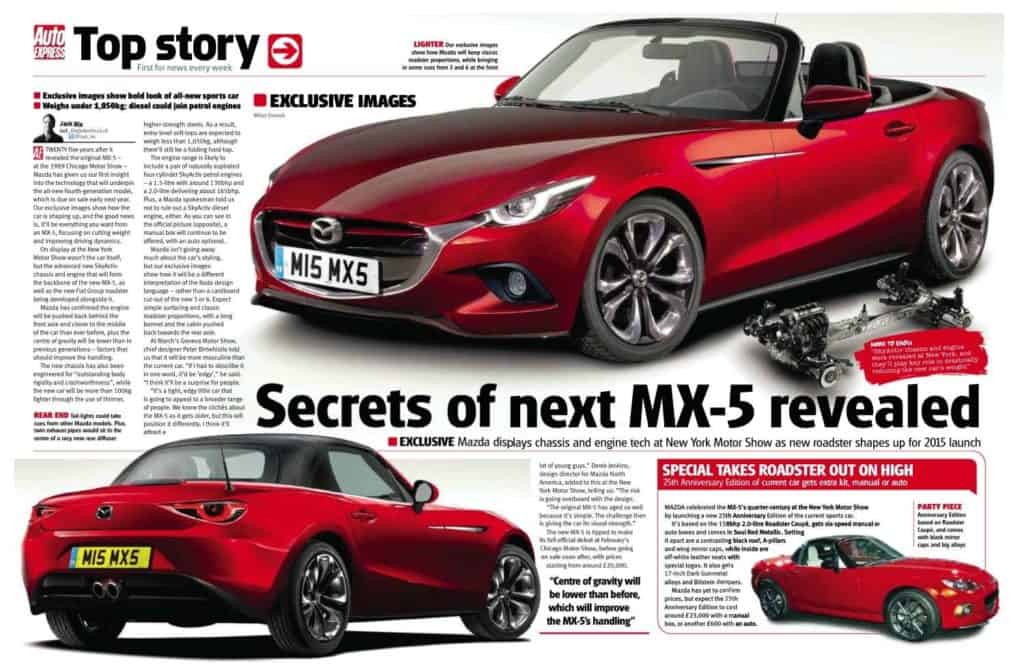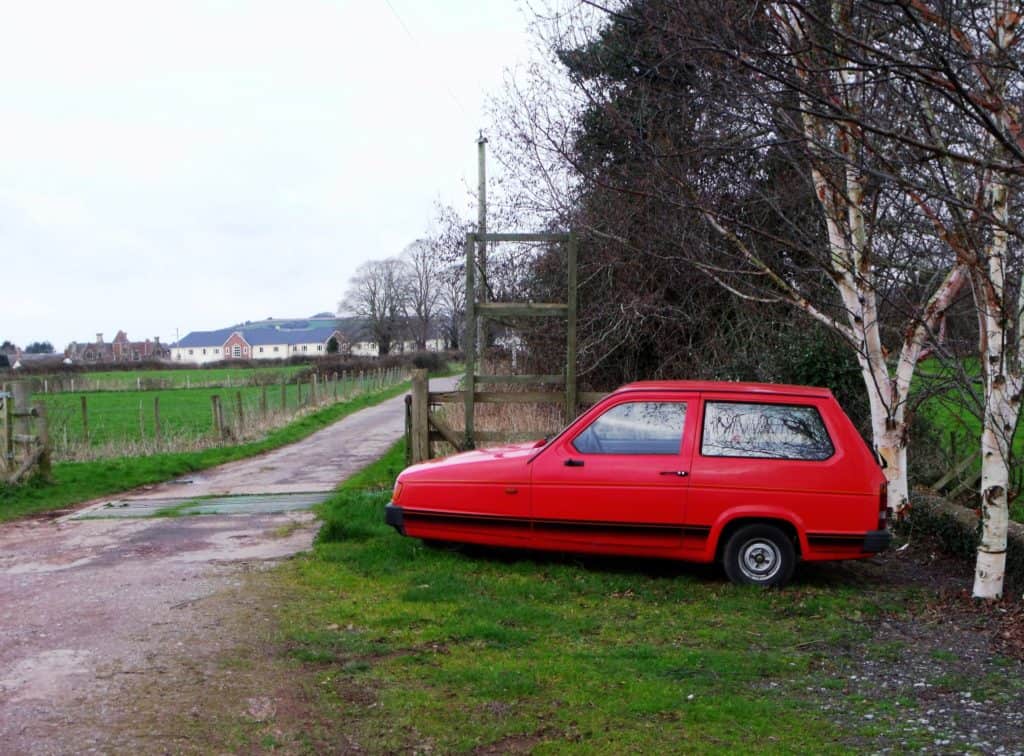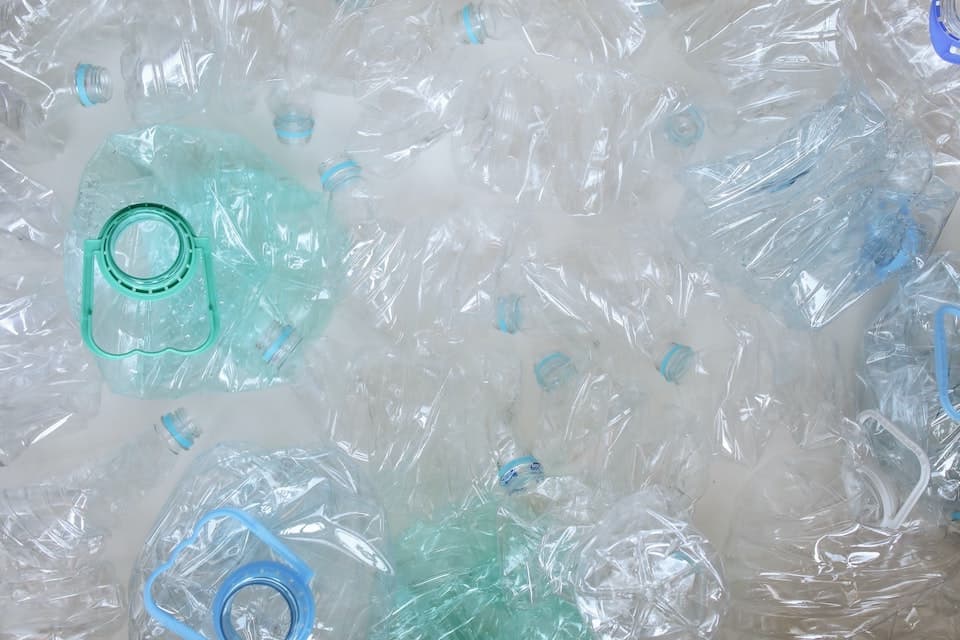How much thought actually goes into naming cars?
Are words just drawn out of a hat at random? Cars are designed over a long time, involving many people and a lot of hard work, so it really is odd that cars end up with such bizarre and unappealing names. We’re not here, however, to criticize the vehicle’s names*, but rather to discuss vehicle plastic recycling, our favourite car parts talking point.
*Our 5 worst car names are at the end of this article.
We try to feature two cars for our vehicle plastic recycling blogs for two reasons. The first reason is that many of these fancy new cars have electric engines, and it’s hard to know what to expect from an electric engine if you’ve never had one, so we show you the difference in power. The second reason is to make a basis for comparisons of vehicle plastic recycling; who is doing this, that and the other, and who has missed the recycling boat?
e-up! lad!
You may be right in thinking that e-up! is a kind of provincial greeting, so perhaps it’s not the worst name in the world. We’re not sure if German car manufacturer Volkswagen realised this during production, but you would think they must have. The intention was most probably to highlight the fact that this is an electric vehicle.
The e-up! is a kind of sister vehicle to the E-Golf, and a re-birth of the Up! It really is marketed as a city car, but that’s due in part to the low battery range, which is ‘officially’ 93 miles, but any car expert will tell you that it is impossible to drive completely economic 100% of the time. A top speed of 81mph is admirable, though the E-Golf manages 87mph and ‘118’ miles on a full charge, for £6,000 more.
More important to us is the vehicle plastic recycling, so it’s very reassuring to read this on Volkswagen’s website:
‘Our cars are designed to have the lowest possible impact on the environment at all stages – when we make them, while they’re on the road and at the end of their lives. Careful selection of recycled and recyclable materials, optimised construction techniques and the labelling of plastic parts with their material type all mean our cars can be recycled as efficiently as possible.’
The key to vehicle plastic recycling really is in the design of cars, and these techniques like labelling plastic parts and considering the deconstruction of the car at the end of life will prove vital later on. Volkswagen also state:
‘Volkswagen Group United Kingdom has partnered with Cartakeback.com to provide a Government-approved national network of certified dismantling companies. They will take care of the environmentally friendly recovery of your car once it’s reached the end of its life’.
Essentially, this company will take the car apart to ensure that as much of it is recycled or reused as possible. However, at over £19,000, the E-up is not cheap, and electric cars don’t yet make up 10% of new car sales, so you probably wont see many on the roads.
BMW i3
Despite mentioning the E-Golf several times, the second car in this blog is actually the BMW i3.
Yes, another car with a bizarre name. BMW’s ‘i’ range is actually really nice before we go on and slate the name too much. Eye-three just makes up picture some kind of triclops though, but since the philosophy for the ‘i’ range is about a vision of the future, this could be apt.
The only other vehicle in BMW’s ‘i’ range is the ‘i8’, which is a far worse name for a car.
‘So, what do you drive?’
‘i8’
‘What did you eat?’
‘Lunch’
‘But what do you drive?’
‘i8’. (and repeat)
Back to the i3, and we will jump straight into vehicle plastic recycling, but also sustainable sourcing, and open with this statement from BMW:
‘Natural, renewable, and sustainable: the interior of the BMW i3 features door trim panels and a dashboard made from renewable natural fibres, naturally tanned leather, and open-pore eucalyptus wood sourced from 100 % FSC®-certified forestry. Overall, 25 % renewable raw materials and recycled plastics were used in the interior of the BMW i3. The textile upholsteries are made of up to 100 % recycled polyester, produced using 34 % PET. A further 25 % recycled plastics are used in the exterior.’
Well, isn’t that just marvellous? To add to that, the Leipzig car plant is the first of it’s kind to install and use wind turbines to power production. The wind farm produces enough electricity to produce the BMW i3 range, and if you charge the car with renewable energy too, you’re basically the greenest driver ever, right?
Like Volkswagen stated earlier, it’s vital to ‘lay the foundations’ for end-of-life vehicles during the design process. Labelling car parts for their materials type will be worth the pay off, even if it doesn’t occur for many years. BMW claim to have worked with recycling specialists for over 20 years, accumulating knowledge and implementing ideas. The result of this is a 95% recyclable rate for the BMW i3, a victory for vehicle plastic recycling if ever we’ve heard one.
Seriously good preparations
BMW really do seem to take this stuff seriously, and so do Volkswagen; perhaps it’s that German efficiency ethic? Either way, BMW also added this information:
‘Life Cycle Assessment case studies are used to systematically analyse the environmental impact of components. Virtual and actual dismantling analyses are carried out to certify that each BMW vehicle achieves the goals set. For example, these measures help to ensure that complete neutralisation of all pyrotechnic devices are carried out quickly and safely, all operating fluids are removed quickly, plastic components are marked with the correct material label and recycled materials are used properly.’
The i3, in comparison to the e-up! does have a range extender version, in the form of a 2 cylinder bike engine that fires up to assist the battery when it goes below 20%. Without the range extender, the i3’s range is estimated to be between 80-100 miles, a bit risky if you’re going 90 miles.
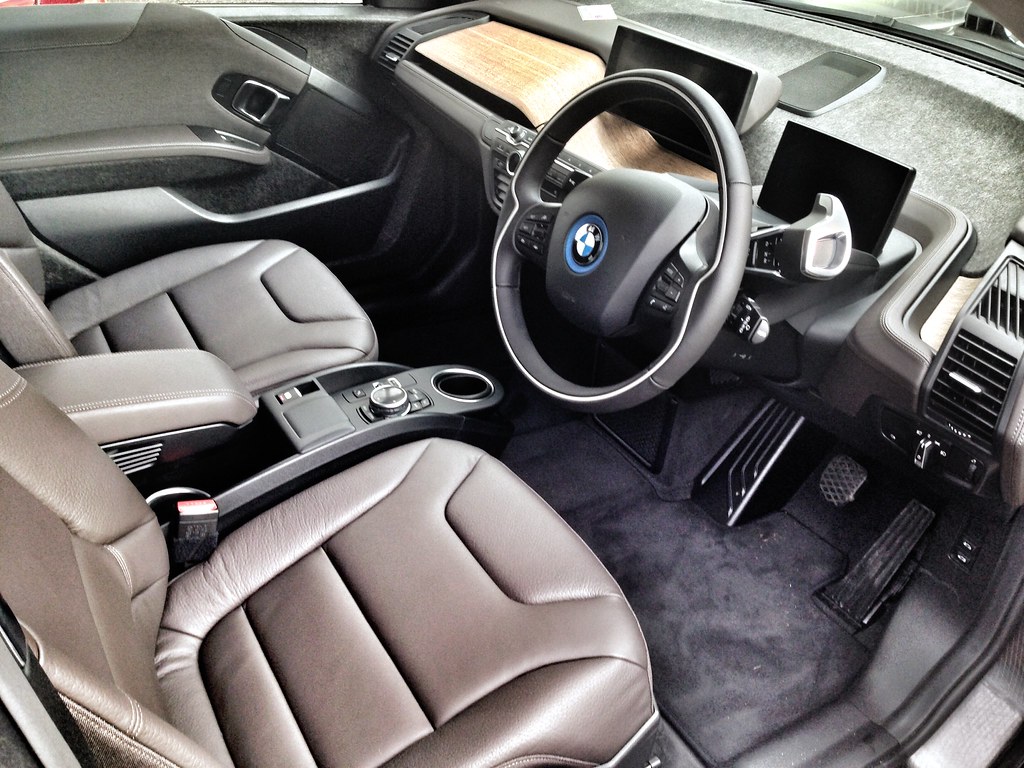
Our verdict?
The BMW i3. That extra bit of thought has gone into sustainable sourcing and vehicle plastic recycling, as well as a higher top speed, the option of a range extender, and an awesome triclops name (rather than a Yorkshire greeting). Bare in mind, the E-Golf will get you further, is more spacious and is supposedly nicer to drive. So really, it’s a toss up.
As promised, here Plastic Expert’s ‘Top 5 Worst Car Names’ and why
Vauxhall Adam
Adam is your mate’s name, not your cars. Is it not ritual to name a car after a women either, as some subconscious marketing ploy to make the car seem elegant and sleek? The ‘Adam’ could lead to an awful trend of male-named cars, like the ‘Ferrari Jason’, ‘Nissan Nigel’, ‘Toyota Michael’ or, could you even imagine it, the ‘Bentley Colin’?
Toyota Celica
This one comes courtesy of a conversation my father (who works in the car industry) once had with a foreign customer…
Customer: I’d like to part exchange my car
Father: That’s fine, may I ask what car you drive currently?
Customer: It’s a silly car
Father: It’s OK, I see all sorts here, you can tell me
Customer: No. I drive a silly car!
Father: It’s going to be very hard to part exchange your car if you don’t tell me what it is!
Customer: It’s a silly car! A Toyota Celica.
The moral of the story is, say the car name out loud before it gets put into production.
Ford Probe
Kids, you may want your parents/doctor/alien abductor to explain this one to you. We are aware that probe isn’t a rude word, but it’s just the connotations. We’re thinking Ford ‘Connotation’ would have been a better choice.
Mazda Laputa
Kids, you may not want to ask a Spanish person what this means, just a bit of warning. We aren’t sure what Mazda were thinking with this one, or how it made it past anyone within the manufacturing process without a snigger. There’s also a Mitsubishi Pajero, which means W***er in Spanish, poor guys.
Toyota Chaser & Toyota MR2
It was too hard to award a final place to either of this cars, so they both get it. Also, a quick congratulations to Toyota for truly being awful at naming cars.
The Chaser? Well, a chaser is an alcoholic drink to drink after drinking and alcoholic drink. Fancy a drink? I mean, er, a Chaser? It is believed the Chaser was due to be named the ‘DUI’ but they didn’t like the ring of it.
The MR2 isn’t so obvious, unless you speak French, and then you can appreciate that this sounds strikingly like ‘Toyota Sh**ty’.
Know of any worse car names?
Photo Credits: Carleadingmadesimpletm, GriinBlog, Motorblog

